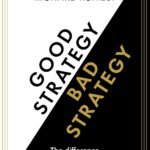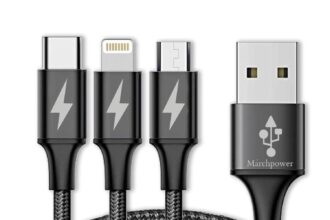In recent years, the term "blockchain" has become synonymous with innovation, security, and the future of technology. But despite its growing prevalence in discussions about cryptocurrency, supply chain management, and data privacy, many people still lack an understanding of what blockchain actually is. This article aims to demystify blockchain technology for beginners, providing key insights and information to help you grasp its significance and functionality.
What is Blockchain?
At its core, blockchain is a decentralized digital ledger that records transactions across multiple computers. This technology was originally developed to support Bitcoin, but its potential uses have since expanded far beyond cryptocurrencies.
Key Features
-
Decentralization: Unlike traditional databases managed by a central authority (like a bank), blockchain operates on a peer-to-peer network, meaning that no single entity has control over the entire chain.
-
Transparency: All transactions made on a blockchain are visible to all participants in the network. Changes to the record are documented in blocks, which are linked together in chronological order, making it difficult to alter past transactions.
-
Security: Each block in the chain contains a unique cryptographic hash of the previous block, creating a link that secures the integrity of the data. This makes tampering almost impossible without consensus from the network’s participants.
- Immutability: Once a transaction is recorded on the blockchain, it is nearly impossible to change or delete it, which enhances trust and accountability.
How Does Blockchain Work?
-
Transaction Initiation: A user initiates a transaction which is then broadcast to the peer-to-peer network of computers (or nodes).
-
Verification: The nodes validate the transaction using predefined consensus protocols, such as proof-of-work or proof-of-stake.
-
Block Creation: Once verified, the transaction is combined with others to form a new block. This block is then added to the existing chain of blocks.
-
Reward Process: Miners (nodes that validate and verify transactions) are rewarded with cryptocurrency or transaction fees for their work, incentivizing the maintenance of the network.
- Finality: After the block is added, the transaction is permanently recorded, and all participants in the network update their ledger.
Applications of Blockchain
Blockchain is more than just the foundation for cryptocurrencies. Its decentralized, transparent, and secure nature opens the door to numerous applications across industries.
-
Supply Chain Management: Companies use blockchain to track products from origin to destination, enhancing transparency and reducing fraud.
-
Healthcare: Patient records stored on blockchain can be securely shared among authorized individuals, improving data access while maintaining patient privacy.
-
Financial Services: Blockchain technology facilitates faster and cheaper cross-border transactions and enhances security in financial processes.
-
Voting Systems: Blockchain can create verifiable and tamper-proof voting systems, potentially increasing trust in democratic processes.
- Intellectual Property Protection: Creators can use blockchain to prove authenticity and ownership of their work.
Challenges and Limitations
Despite its advantages, blockchain technology faces challenges:
- Scalability: As more users join a network, the process of transaction verification can become slow and cumbersome.
- Energy Consumption: Some consensus mechanisms, like proof-of-work, require significant amounts of energy, leading to concerns about environmental impacts.
- Regulatory Issues: Uncertainty around regulatory frameworks can inhibit adoption by enterprises and governments.
Conclusion
Blockchain technology presents an exciting possibility for enhancing transparency, security, and efficiency in numerous sectors. While the concept may initially seem daunting, understanding its basic principles and potential applications opens the door to recognizing its transformative power. As blockchain continues to evolve, staying informed will help individuals and businesses leverage its capabilities.
FAQs
1. What is the main advantage of blockchain over traditional databases?
Blockchain offers decentralization, meaning there’s no single point of control or failure. This enhances security and transparency compared to traditional systems.
2. Is blockchain only used for cryptocurrencies?
No, while blockchain was initially designed for cryptocurrencies like Bitcoin, its applications extend to supply chain management, healthcare, identity verification, and much more.
3. How secure is blockchain technology?
Blockchain is highly secure due to its cryptographic nature and decentralized structure, making it difficult to alter data once recorded. However, vulnerabilities can exist, especially in poorly designed systems.
4. Can blockchain be hacked?
While the blockchain itself is considered secure, issues arise from potential vulnerabilities in the systems surrounding it, such as wallets or exchanges.
5. What’s a smart contract?
A smart contract is a self-executing contract with the terms directly written into code. It automatically enforces and executes agreements based on blockchain technology, eliminating the need for intermediaries.










